We’ve been using content marketing to acquire links for over six years and have amassed a lot of data over the 300+ pieces we’ve done, including how much time each piece took to create, how much time was spent on outreach and of course the number of links each achieved.
Now we’ve taken the time to crunch that data and provide some insight into what types of content get the most traction, the average time it takes to get a link and also how we put a value on a link.
Just to be clear, at Boom we don’t charge by the link, nor do we guarantee how many links one piece of content or a particular budget will get. It is useful, though, for us to have a metric by which to measure success that takes into account the quality/value of a link rather than just the sheer number obtained.
What’s This Content Marketing Thing?
Well, we have a page about content marketing here, but in a nutshell, it’s creating something that isn’t explicitly advertising your company in order to generate links to your website, social sharing and raise brand awareness. It takes many forms and can be used for inbound marketing (e.g. getting people to give you an email address in return for something like a report or useful guide), email campaigns, social media marketing and of course SEO.
It’s SEO that we’re focusing on with this blog post – using content we’ve created for our clients to earn editorial links to their websites, as credit for creating that content. Just like Google tells you to do. This takes many forms, but you can broadly put the content we produce into a few categories:
- Artwork: Using imagery and illustration to create something that is interesting, funny or otherwise somehow quirky. Think “past times as retro video games” or “Star Wars family crests”.
- Infographic: Familiar to many, these could be data visualisation pieces or simply a visual representation of information such as rules for eating in restaurants around the world.
- Interactive: A content piece that is more than just a static (or even animated) visual. Could be a game, a tool of some sort, or perhaps a visual representation of data that you can adjust rather than just fixed charts.
The way these things end up generating links for our clients is by outreach – finding journalists, bloggers and social media users who are likely to be interested in the topic, then contacting them and explaining why we think their readers/followers would be interested. There is often overlap with digital PR here – the content is created with this audience in mind from the outset, so we’re looking for ideas that we believe will get attention in the context of media websites, bloggers and social media.
It’s All About The Links
Links are still important in SEO, and it’s no secret that link building is hard work, and believe us when we say it’s not getting any easier!
There are certain things that CAN make link-building easier, for example:
- A big budget: Not only for producing the content, but also outreaching the piece.
- A well-known brand: People share brand content they identify with, even if it’s naff.
- An engaging topic: If your client won’t let you deviate from the <insert dull product they sell here> you’re sh*t outta luck.
But you know what? Sod all that. At Boom (and in the real world) we work in a wide range of client sectors, with loads of unknown brands, sometimes small, local or regional and we’ve had successful pieces with all kinds of budgets.
So how do we convince clients they can get a cost-effective piece of content, that gets them 20+ links and assign a ‘real-world’ monetary value to the finished project?
Our Dirty Little Secret
Which metrics does your business use to quantify the success of a piece of content? There are certainly plenty to choose from: DA, PA, Traffic, Likes, Retweets, Shares etc. etc. and collecting them all can be time-consuming and costly.
Tools like Coverage Book and Buzzstream can make this easier by producing reports based on the links you input, but a client on a budget often just wants to know whether it was a cost-effective exercise, for example:
- How much did the piece end up costing?
- Is it worth spending any more time/money on outreach?
- What was the total value (£/$) of all the links?
So, can you even attribute a cost/value to a link? Well, yes you can and at Boom, we have a value structure that is built on pricing for links that we’ve seen in a number of places. There are some services that actually state a price per link for “outreach”-type links, scaled according to the DA of the site providing the link. Then there are lists like this that show how much writers at a variety of big sites charge for linking to your site. And of course we all get those emails selling links on specific sites with a price for each one.
Taking all the prices we could find, we ended up with this, split between “relevant” for links from sites that are clearly in the same topical area as the client, and “not relevant” for links from anywhere else.
Value Per Link
| DA RANGE | NOT RELEVANT | RELEVANT |
| 0 to 10 | £50 | £75 |
| 11 to 20 | £75 | £100 |
| 21 to 30 | £100 | £125 |
| 31 to 40 | £150 | £250 |
| 41 to 50 | £200 | £300 |
| 51 to 60 | £250 | £400 |
| 61 to 70 | £300 | £450 |
| 71 to 80 | £350 | £500 |
| 81 to 90 | £400 | £550 |
| 91 to 100 | £450 | £600 |
DISCLAIMER: Yep, we know DA is not a standalone metric for how good a site is or the benefit of a link, but we’re talking quick and dirty, remember?
So once you have this pricing data you can start to build a formula that goes a little bit like this:
Total value of links
divided by
The time taken to produce and outreach the piece
This pumps out a “Success Score” as a percentage, essentially a Return on Link Spend (familiar to PPC types running campaigns for ecommerce sites measuring ROAS). If the piece hits 100%, it has made its money back and can be considered a reasonable success. If we get to 1000% – well, then your piece is really flying!
Here’s a link to a basic spreadsheet that contains the value per link table and a simple table where you can enter the number of links in each DA range to get the total link value: https://docs.google.com/spreadsheets/d/10j0h1CHaCV-aOChf5sO04bb_vwCI5zxFhEDEsCgC8uA/
Want to see a real life example?

We recently made this piece for CDA Appliances: https://www.cda.eu/blog/fast-food-rivals-logo-mashups/
It’s a fairly simple idea, but recognisable to a lot of people and because it has appeal to pop culture, food, design and branding sites, there are plenty of places it could be featured. This is borne out in the data (you can see the full table to calculate that Success Score here):

So, for a budget of just over £3,000 including all production & outreach, we got 62 links worth a total of £9,800.00. According to our simple formula, the piece has made 3.18 times its money back. This is real data a client can see and it shows them just how cost-effective a piece can be. (Actually, as I go to hit Publish on this post, we now have over 70 links for this one).
Here’s another example:

Sometimes, a piece does okay, but doesn’t quite hit that success mark. But here’s where we can play with the formula a little, e.g. what if we outreached a little more, say 2 hours and only targeted relevant 40+ DA sites? Let’s say we bagged 5 more links within that range? SUCCESS!
So in summary, a simple formula for success can help you:
- Assign a value, or worth (in £/$) for your piece of content
- Identify which pieces (80%+ scores) could benefit from more outreach
- Identify which pieces bombed
- Help you build a bigger picture of how your overall content strategy works
How does this stack up against the costs of links obtained by other means?
Clearly, the cost per link is a lot lower than the prices on the list of big sites linked to above. However, our average cost per link is also higher than some of the sites selling “blogger outreach” links and is pretty much in line with services we’ve seen selling “media placement” links. It’s also pretty close to what AHrefs found in their 2018 study on buying links.
The difference to any of those, of course, is that you haven’t paid the person/website linking to you for the privilege. This is much safer as far as avoiding a Google penalty is concerned and whilst it’s somewhat more time-consuming than just getting your wallet out and paying for links, on a pure cost-per-link basis, it’s comparable.
Add in the safety net (no risk of a penalty) and added value (our content is much more likely to raise brand awareness and generate social shares than a bought link, plus it can be used for email marketing content) and for any long-term-minded marketer, it’s the sensible way to go. Your cost per link will vary, the average is just that; Ross Hudgens of Siege Media offers a good explanation of how different factors affect the cost per link in this article, where he suggests a range of $250-$1000 – our average cost per link is the lower end of that scale.
What Else Did We Learn at Boom?
We ran (almost) every piece of content we’ve worked on in the last five years through the formula. We also included published dates and content type (e.g. infographic, interactive) and the results were very interesting:
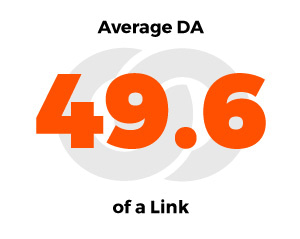
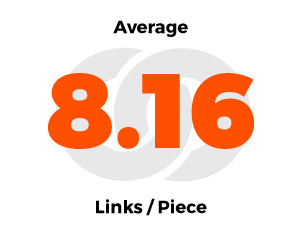
Percentage of Links by Type of Content
Trends come and go when it comes to content and as you can see below, 2016 was definitely “peak infographic”. Since then other forms of content, notably more artwork-based pieces and data-led pieces have taken over as the more popular choice.
Average Outreach & Production Time per Piece (Hours)
Ask anyone in the industry and they’ll tell you link building isn’t getting any easier, so it’s unsurprising that the production and outreach times are on the increase as more effort is spent in the process of bagging those links.
Average Cost per Link / Average DA per Link
Six years of practice and a defined content strategy per piece means our average DA is on the increase.
Looking for a digital marketing agency that can help you improve your SEO rankings and create engaging content? Get in touch with us, we’re always happy to have a chat!
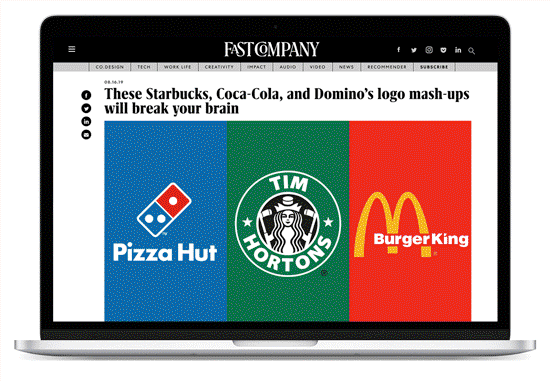



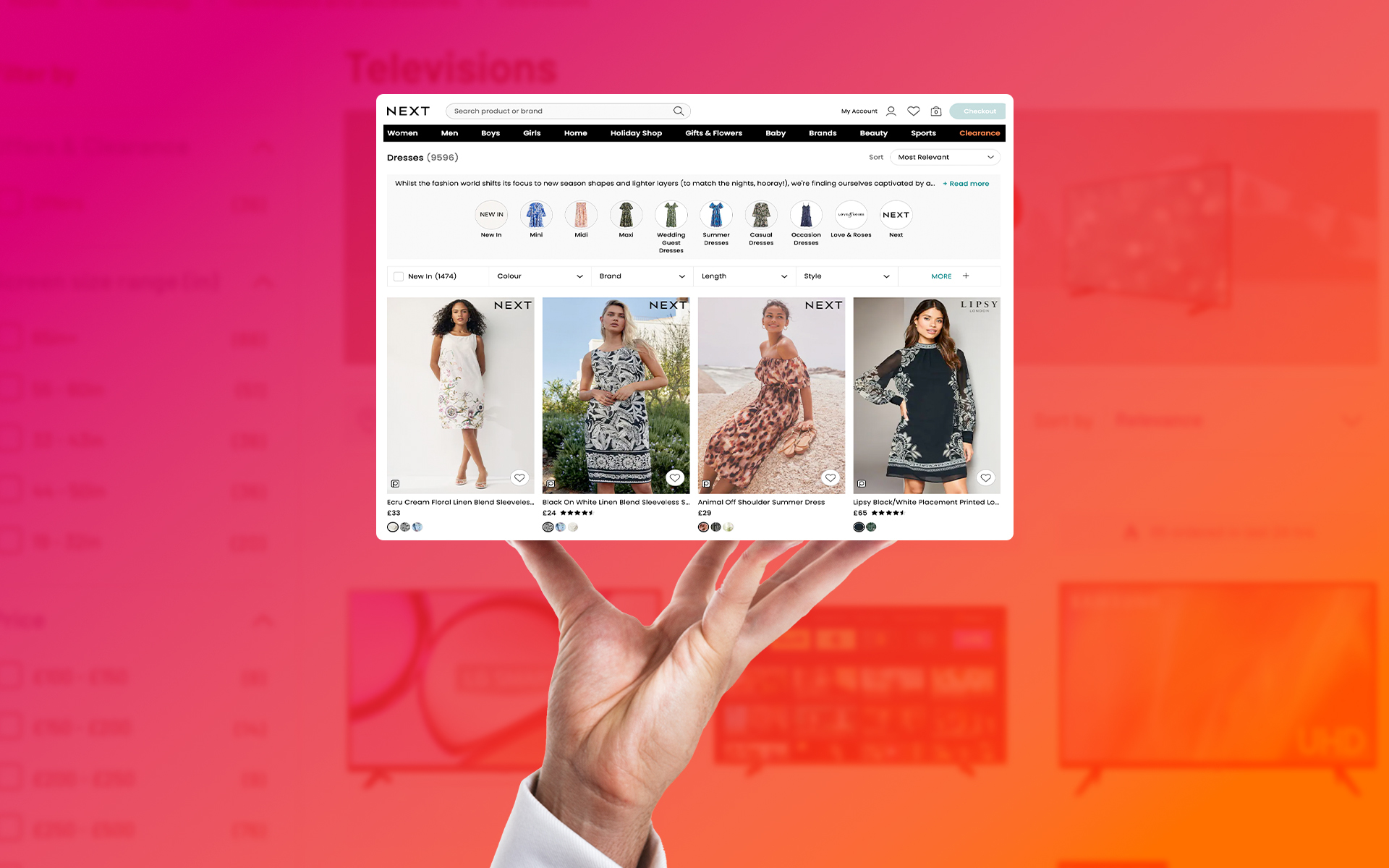
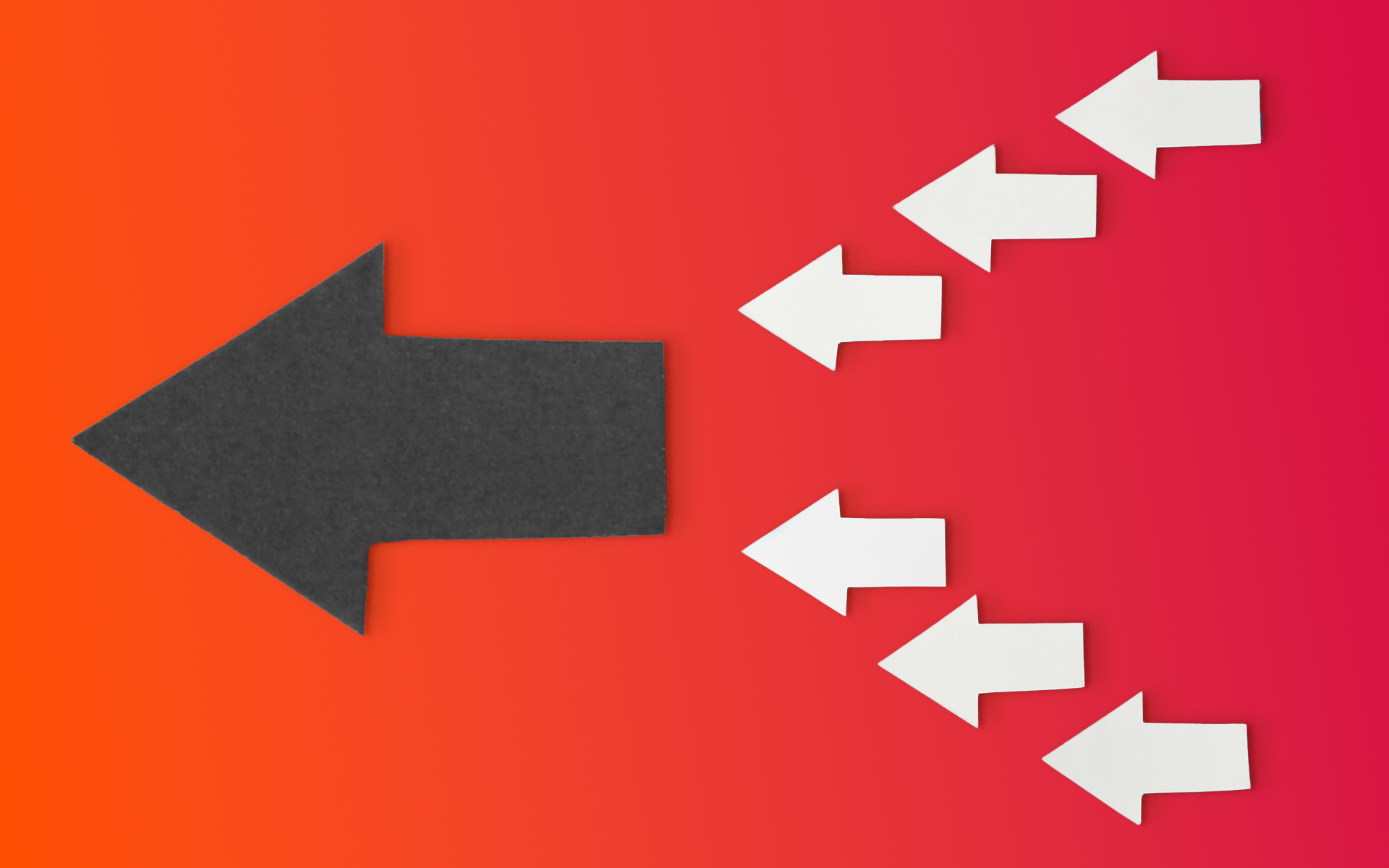
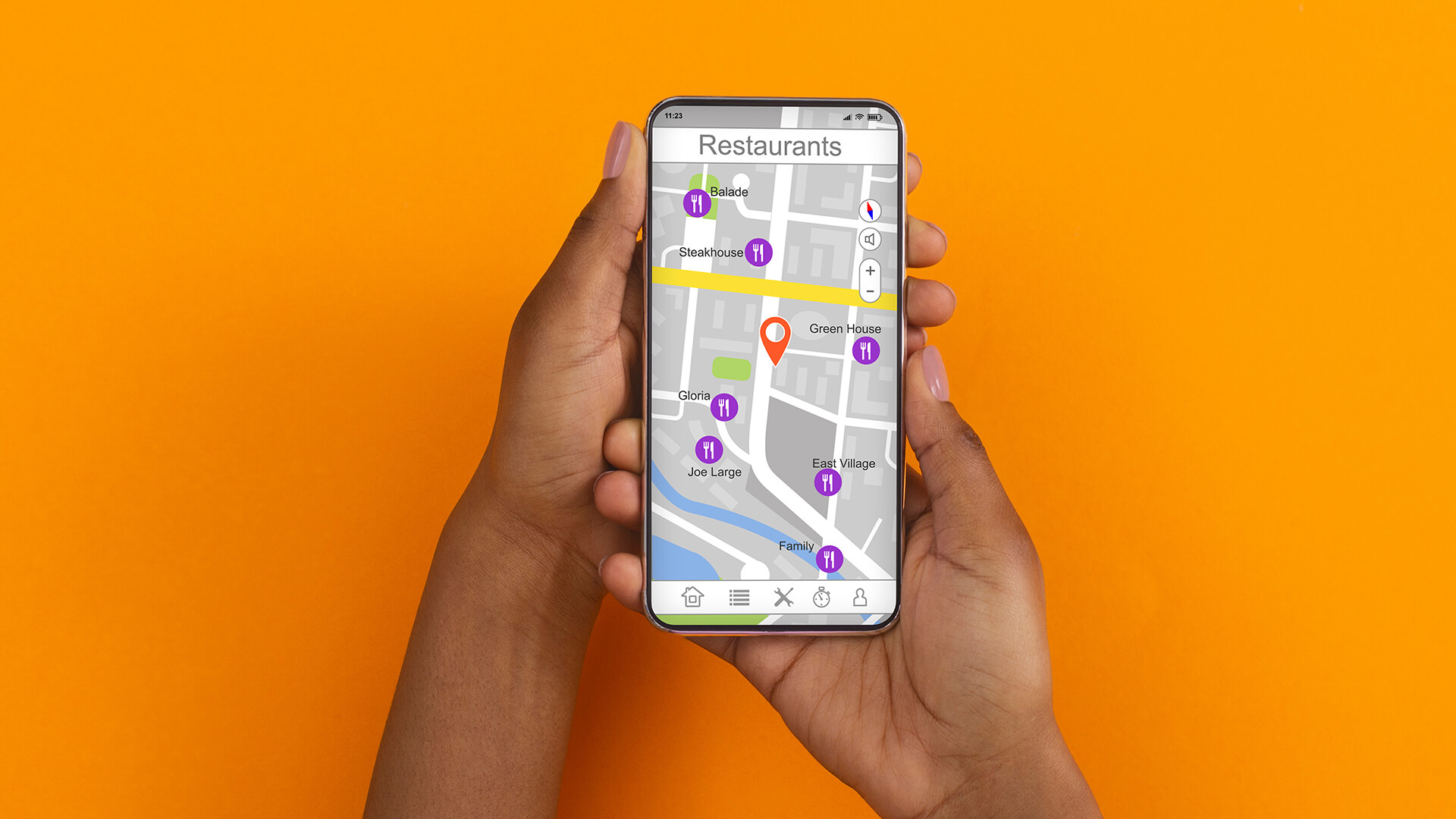

Great stuff Ian. I’m going to try create my own spreadsheet over the weekend for future projects!